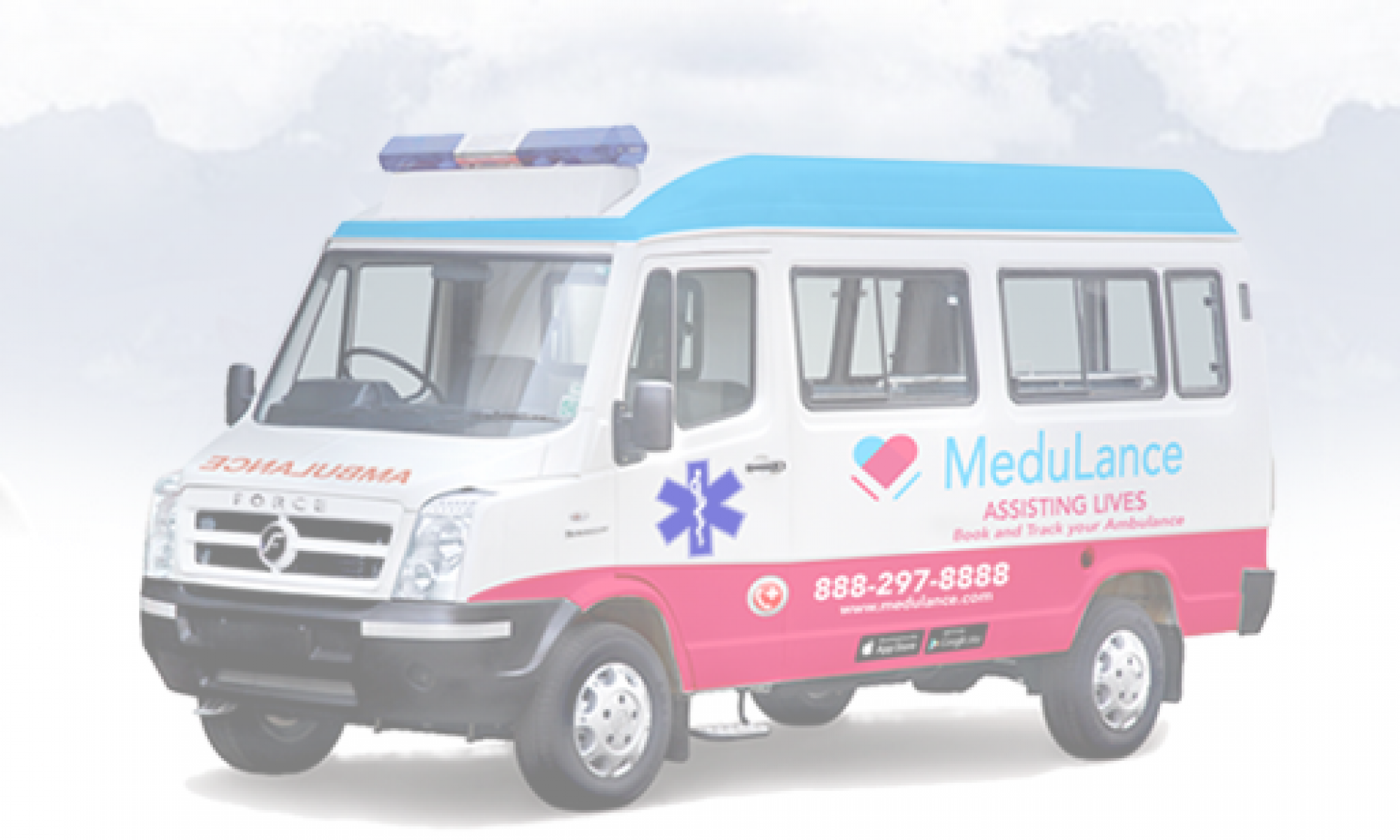The ambulance sprints through the busy streets, transporting the patient who requires immediate medical attention. In other cases, ambulances zip through the streets, transferring a patient back home or vice versa. The ambulance is a medical vehicle that is needed in both emergency and non-emergency situations.
There are obstacles on an ambulance journey and there are a lot of people involved in these scenarios. It consists of a mix of medical professionals and those in need of medical assistance. As a result, the issues identified with ambulance services are most likely the result of any interference. These will include the clarity of medical team assistance, climatic conditions, and vehicle conditions.
The difficulties encountered during an ambulance ride may appear to be routine. However, it must be prioritized, and steps must be taken to address the shortcomings. A non-emergency ambulance will be used for long-distance medical transport as well as standby medical aid assistance in programmes and events. And there may be roadblocks along the way.
Is the ambulance really safer than your vehicle?
Yes, ambulances are supposed to be more secure than vehicles. They have all of the necessary medical equipment as well as paramedics who are trained to deal with emergencies. So, using an ambulance to transport a patient to a hospital is far safer than any other method.
Tackling a Few Challenges in Ambulance Travel:
- Stuck in traffic
If you are a person who always remembers routes and directions then you’re probably familiar with the city and its roads. You must already be aware of the peak traffic hours for a specific area. So why not use it to arrive on time? As technology advances, you can now use Google maps to find maps to unknown areas.
These maps will also notify you if there will be traffic in a specific area. It also suggests alternative routes. So, use the app and your local knowledge to avoid massive traffic jams and safely transport the patient to the hospital.
- Paramedics response
If the paramedic team is not vigilant enough, the patients’ lives may be jeopardized. As a result, it is the responsibility of health care service providers to select people who are dedicated to their jobs, alert, and quick to respond. The team should be aware of the patient’s condition so that appropriate medical assistance can be provided. Knowing the patient’s medical history will assist paramedics and increase the chances of stabilizing the patient’s condition. Their first priority should always be to provide comfort to patients. They must be alert enough to notice any discomfort the patient is experiencing. All necessary precautions should be taken to ensure that the patient arrives at his or her destination safely.
- Vehicle conditions
Negligence in properly maintaining the ambulance condition can lead to serious consequences. The ambulance should always be maintained; if you go to pick up a patient without a fully conditioned ambulance, you are putting their life in danger.
All of the equipment should be checked to if they are functioning on a regular basis, and any anomalies should be reported immediately. An ambulance should have all of the necessary equipment, including oxygen tanks and emergency CPR equipment. Ambulances provide first aid services to patients, so they must have all the necessary equipment.
- Climatic changes
The seasons can sometimes be a blessing or a curse for ambulance travel. During the rainy season, driving on clogged roads will be difficult. During the summer, a large number of people suffer from dehydration and heatstroke. To provide care and support to the general public during summer incidents, an ambulance must be equipped accordingly.
- Vehicular conditions
The ambulance vehicle must be kept in good working order at all times. When assistance is required, only fully conditioned transportation will suffice. The ambulance’s equipment must be checked and monitored. Regular use of the facilities may necessitate the need for refills and medical supplies on board. Long-distance transportation will necessitate the consumption of fuel and an additional supply.
All of these elements may appear to be overly simple. However, the above conditions have a significant impact if they are not effectively mitigated. The emphasis should be on proper ambulance maintenance, a skilled ambulatory team, and prompt actions.
